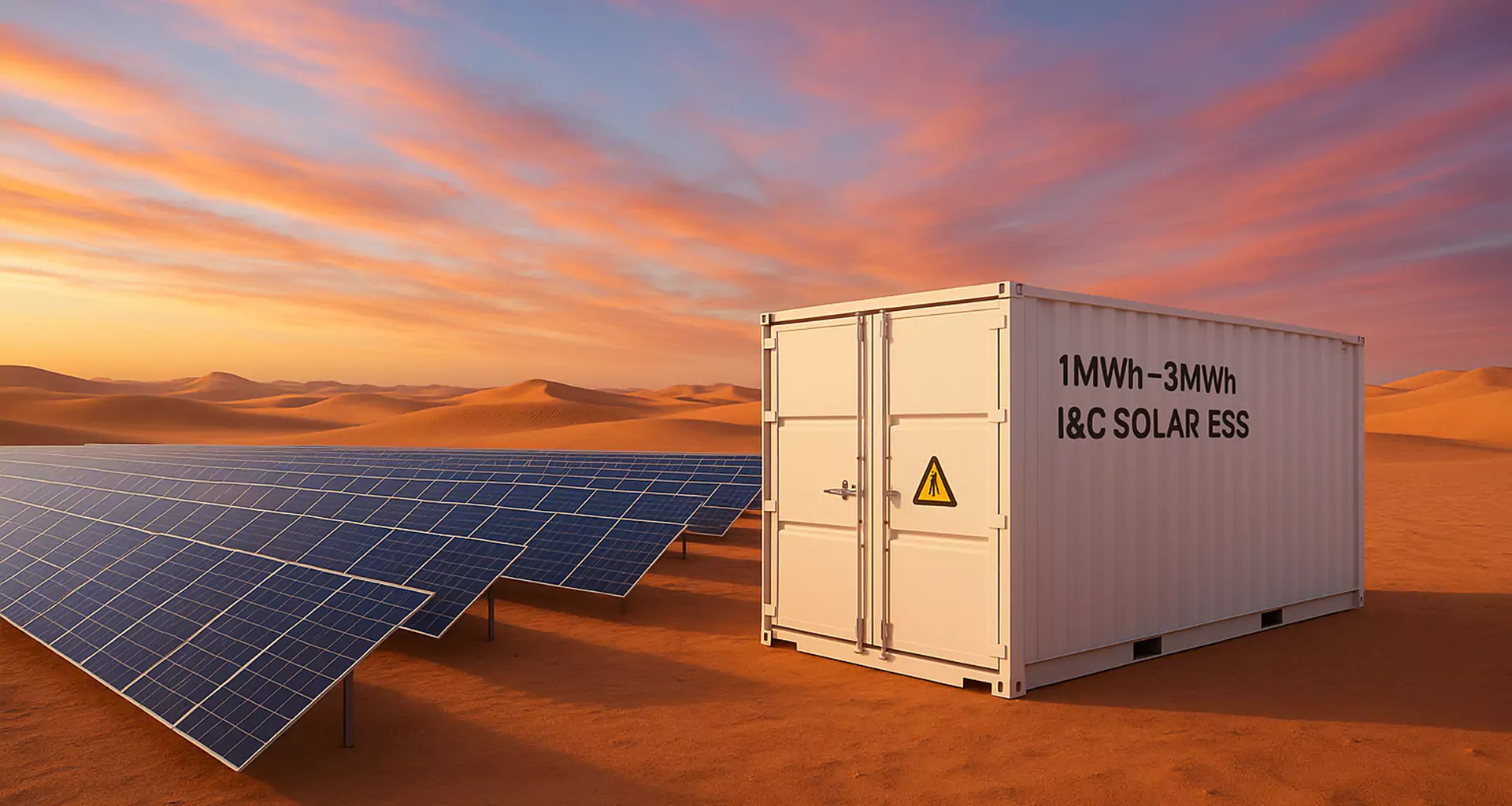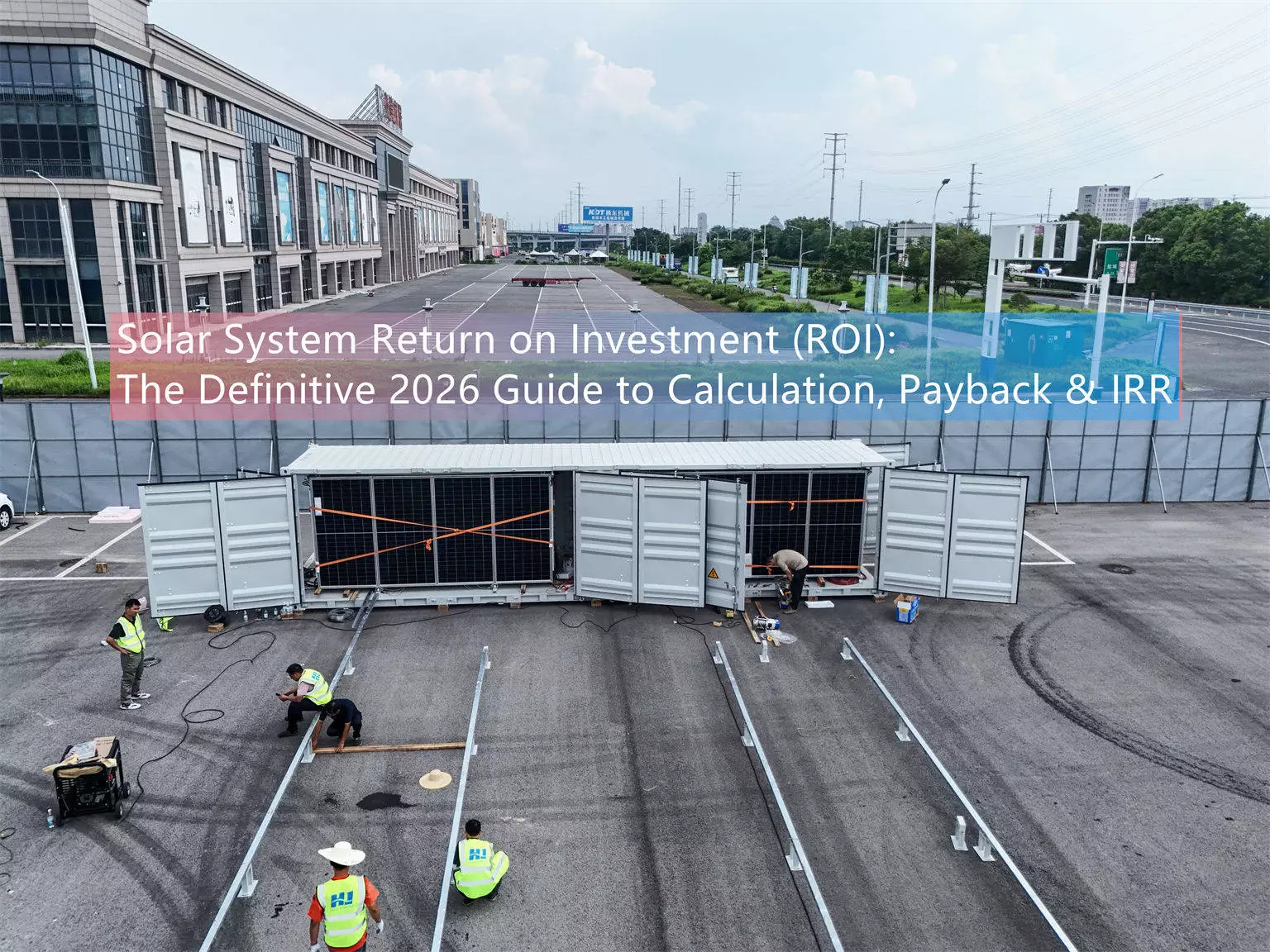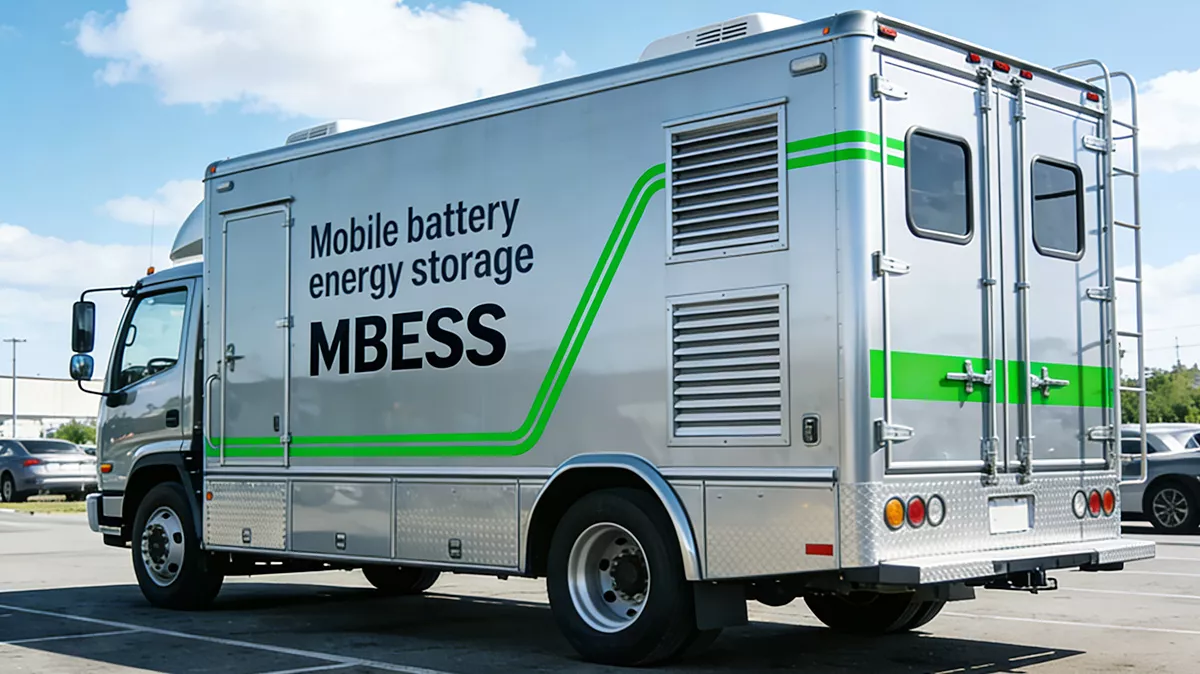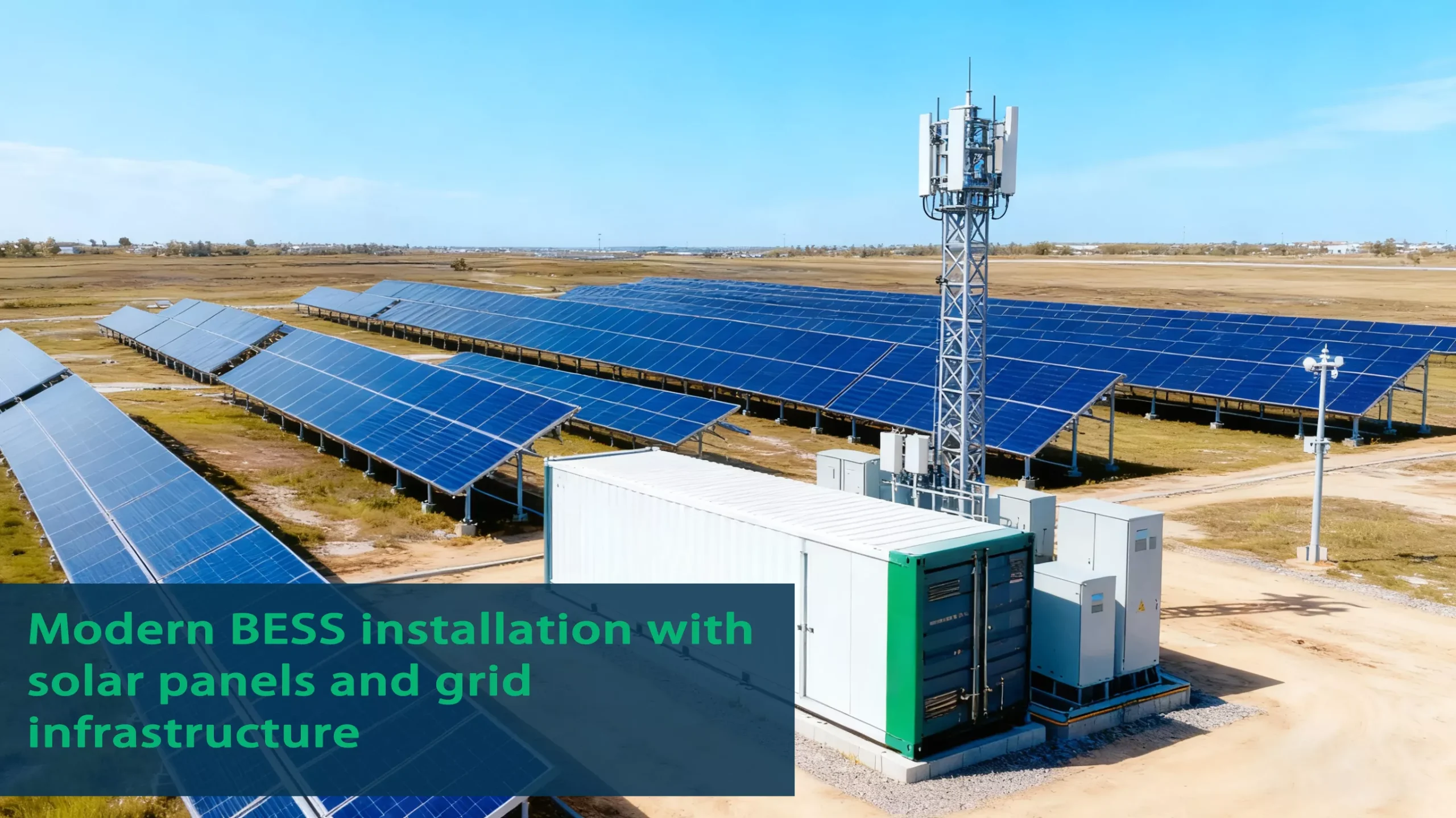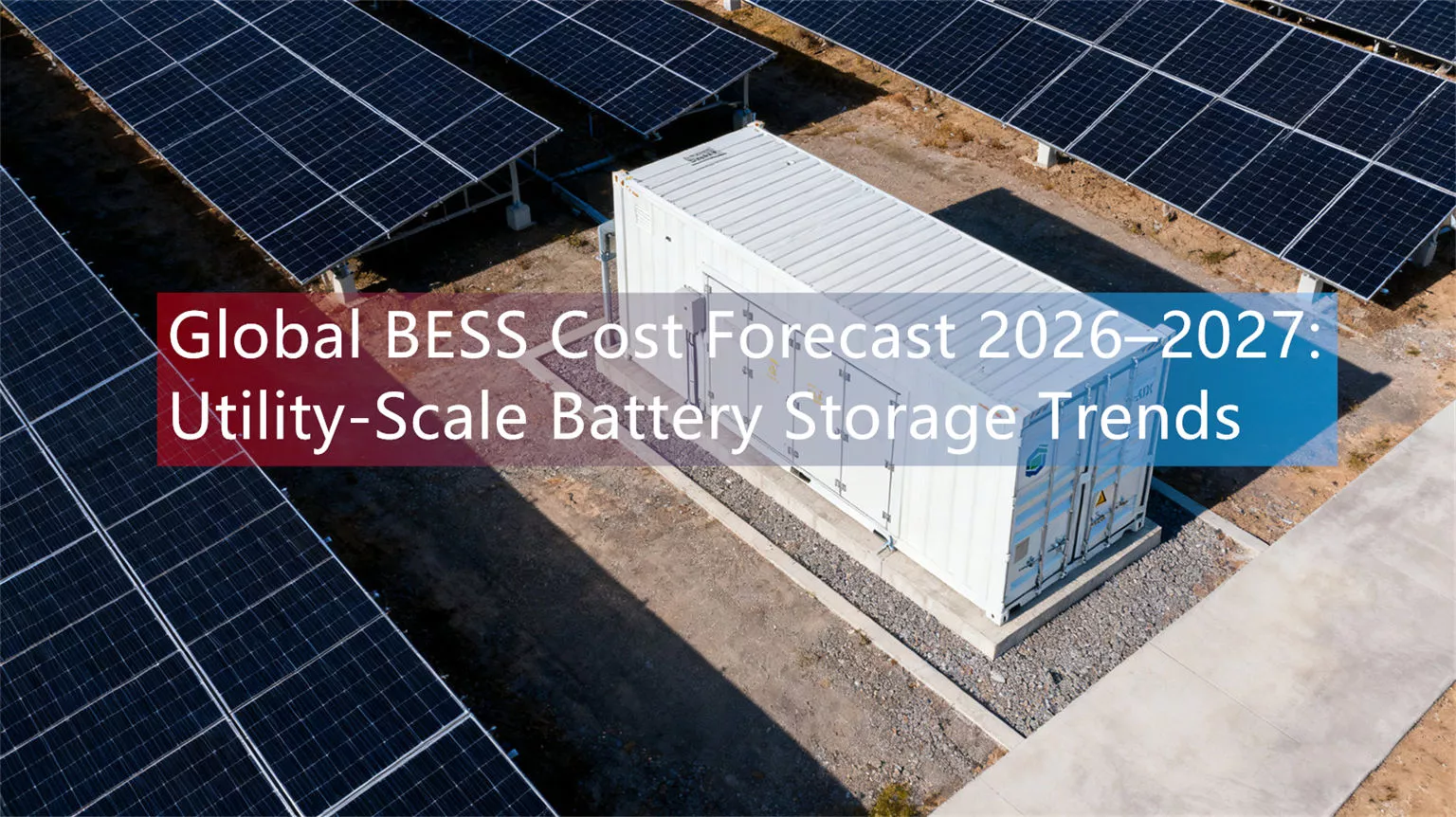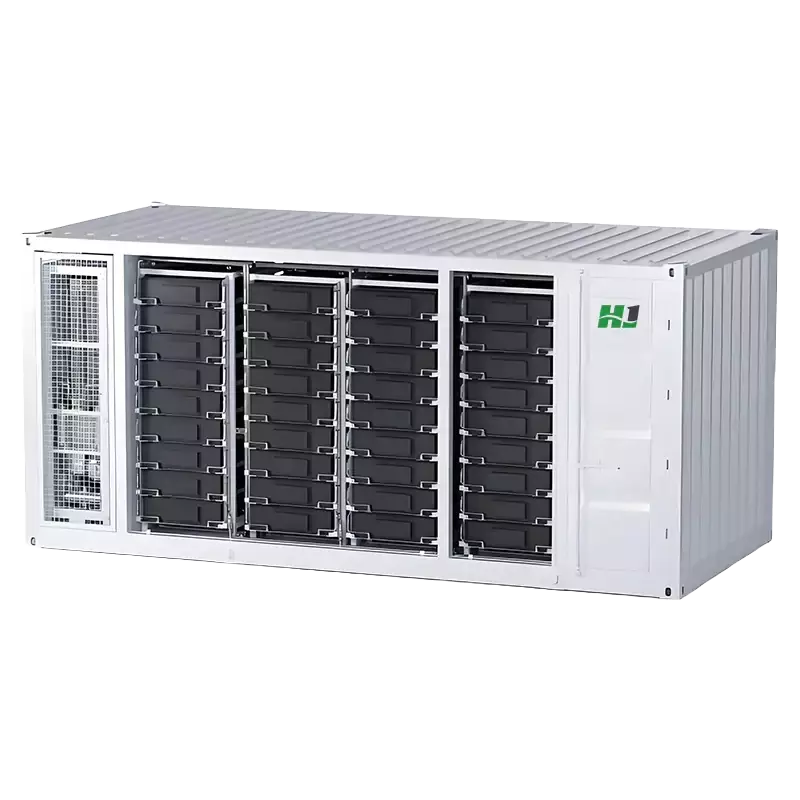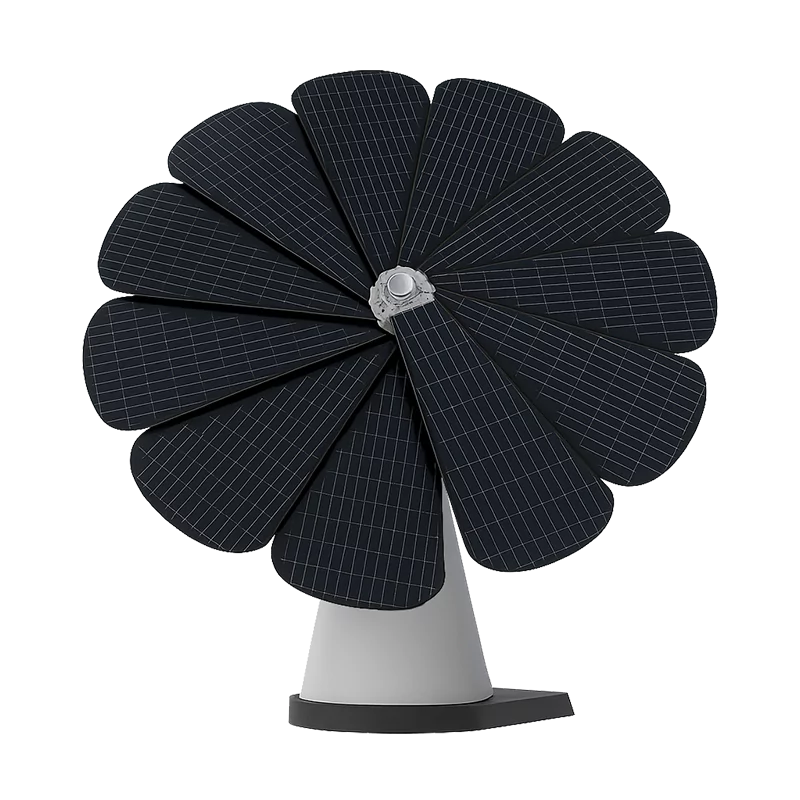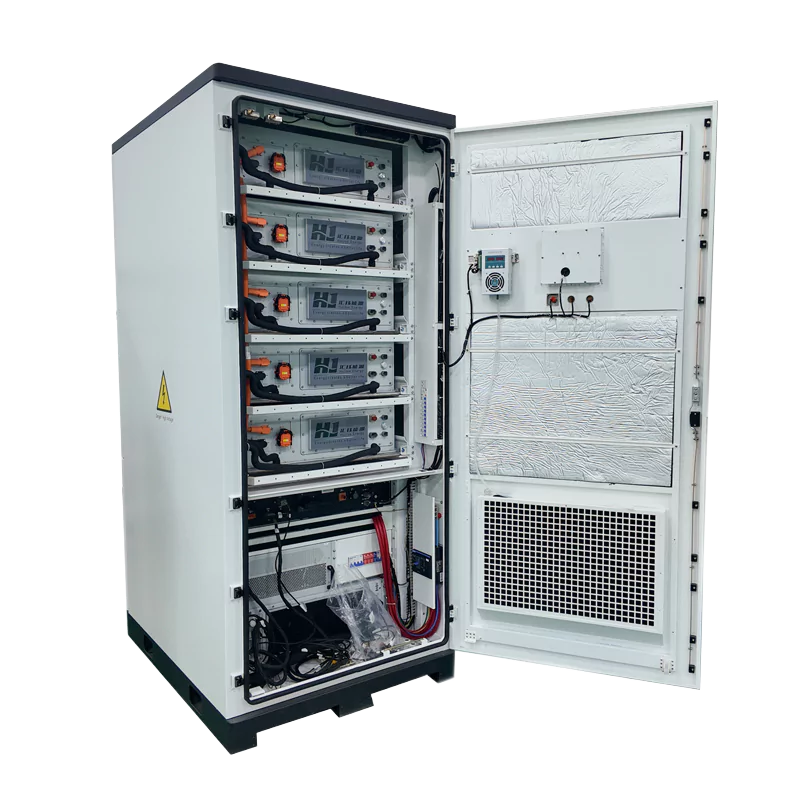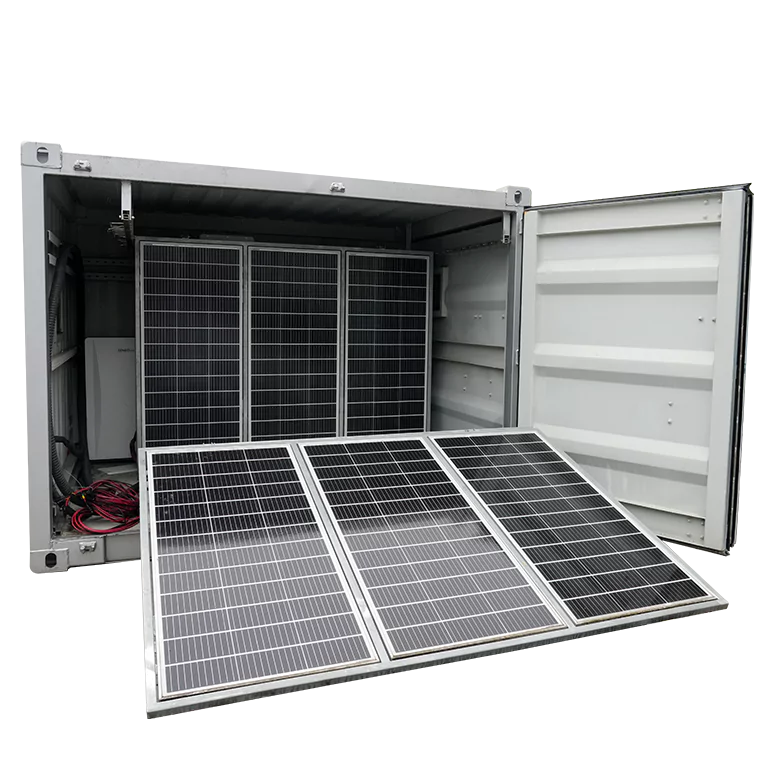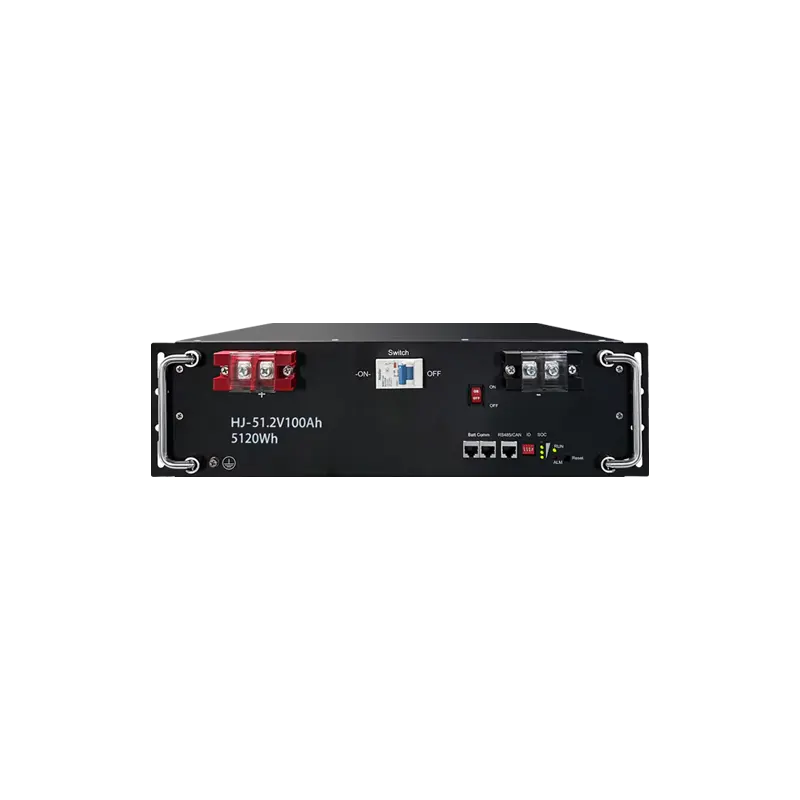Singapore CBD Solar – Storage – Charging: How Commercial Buildings Cut Costs & Boost EV Charging
Singapore’s CBD isn’t just a skyline of glass towers—it’s a 24/7 energy puzzle. When the sun blazes at 2 PM, Marina Bay Sands’ air conditioners work overtime to cool 2,500 rooms. By 5 PM, EV-driving professionals crowd parking lots, hunting for chargers. And by night, office lights and data centers keep the grid busy. This nonstop demand makes commercial buildings responsible for 35% of Singapore’s electricity use—with peak-hour (2–4 PM) tariffs spiking to SGD $0.35/kWh, 75% higher than off-peak rates.
Enter the Solar-Storage-Charging (SSC) pilot: a test to turn rooftops, facades, and parking lots into energy hubs. It’s not just about “sustainability”—it’s solving real headaches for building managers: tight rooftop space, sky-high peak bills, and the need to keep up with EV adoption. Let’s walk through how it works, why HighJoule’s gear fits Singapore’s unique needs, and what it means for offices and malls across Southeast Asia.

1. How Singapore’s CBD SSC Pilot Actually Works (No Jargon)
Rooftops in the CBD are scarce. Most are crammed with HVAC units, water tanks, and telecom antennas—hardly enough space for rows of solar panels. The pilot gets creative:
Solar where it fits, not just on rooftops
Instead of relying solely on rooftops, installers mounted 22%-efficient PV panels on south-facing facades (like St. Regis Tower’s 15th–20th floor walls, which catch 6+ hours of sunlight daily) and leftover rooftop corners. Each building now squeezes out 200 kWp—enough to power 40 office suites during mid-morning lulls (when AC use dips).
Batteries that “time-shift” energy
In basement utility rooms, 389 kWh lithium-ion batteries act like a “savings account.” They soak up excess solar at 10 AM (when panels produce more than the building uses) and release it at 2 PM (when AC demand peaks). No more buying pricey grid power during those hours.
EV chargers that don’t stress the grid
At Marina Bay Link Mall’s parking lot, 180 kW DC chargers pull power from the batteries, not the grid. A Hyundai IONIQ 5 can go from 20% to 80% in 25 minutes—just enough time for a coffee run. If the batteries run low, the system automatically taps solar panels first, then the grid as a last resort.
Does it actually move the needle? Here’s what building managers track weekly:
| Component | Real-World Performance (Weekly Averages) | What This Means for Operators |
|---|---|---|
| Solar Panels | 22% efficiency (even on cloudy days); 45+ hours of generation weekly | Cuts grid electricity use by 25% during 10 AM–6 PM (the priciest hours) |
| Energy Storage | 92% round-trip efficiency (loses little energy in storage) | Saves ~SGD 420/day on peak-hour bills (enough to cover 15% of the system’s monthly maintenance cost) |
| EV Chargers | 15–20 charges/day; 95% of power from solar/batteries | No need to upgrade grid capacity (avoids SGD 50,000+ in utility upgrade fees) |
The system isn’t just “smart”—it’s responsive. Real-time data tools track when tenants arrive (more EV charging at 8 AM) and when meetings end (spikes in AC use post-lunch). It adjusts automatically, so operators don’t have to micromanage.
2. HighJoule’s Gear: Built for Singapore’s Quirks (Not Just Spec Sheets)
Other systems work in labs, but Singapore throws curveballs: monsoon winds, salt air, and zero tolerance for downtime (a charger outage in the CBD means angry tenants). HighJoule’s kit is designed to handle that.
Smart Energy Management that learns the building’s rhythm
Take their Energy Management System (EMS). It doesn’t just “optimize energy flows”—it learns the building’s rhythm. At One Raffles Place (a test site), the EMS noticed Tuesdays and Thursdays have 15% more EV charging (thanks to tenant meetings). Now it pre-charges batteries on Monday nights to avoid shortages.
Hardware that solves CBD-specific problems
- Telescoping PV panels: These 8 kW panels (installed at a CBD office tower last year) fold up automatically when wind hits 40 km/h (common during monsoons). No need for maintenance crews to scramble—they’re built to survive Singapore’s weather.
- Heat-tolerant LFP batteries: Singapore’s basements hit 35°C, but HighJoule’s LFP batteries lose only 2% efficiency here (vs. 8% for standard lithium-ion batteries). After 2 years in testing, they’re still at 90% capacity—no need for early replacements.
- EV chargers that “talk” to the grid: Their 160 kW chargers don’t just charge fast—they communicate with the grid. If the utility warns of a blackout, they switch to battery power in 2 seconds, keeping chargers running.
Compare this to Shell’s Eigen system (used at their Tampines station, a 10-minute drive from the CBD). Shell’s NMC batteries work, but they need 20% more cooling in Singapore’s heat (wasting energy). HighJoule’s LFP batteries skip the extra cooling—saving another 5% on operational costs. And while Shell’s chargers rely more on grid power during peaks, HighJoule’s system prioritizes solar/batteries first, cutting reliance even further.
3. Why This Matters Beyond Singapore: Fixing SE Asia’s Commercial Energy Headaches
Southeast Asia’s cities face the same problems—just amplified. In Bangkok’s Sathorn District, office towers pay 40% more for electricity during 3–5 PM. In Jakarta’s SCBD, EV chargers often trip fuses because the grid can’t handle the load.
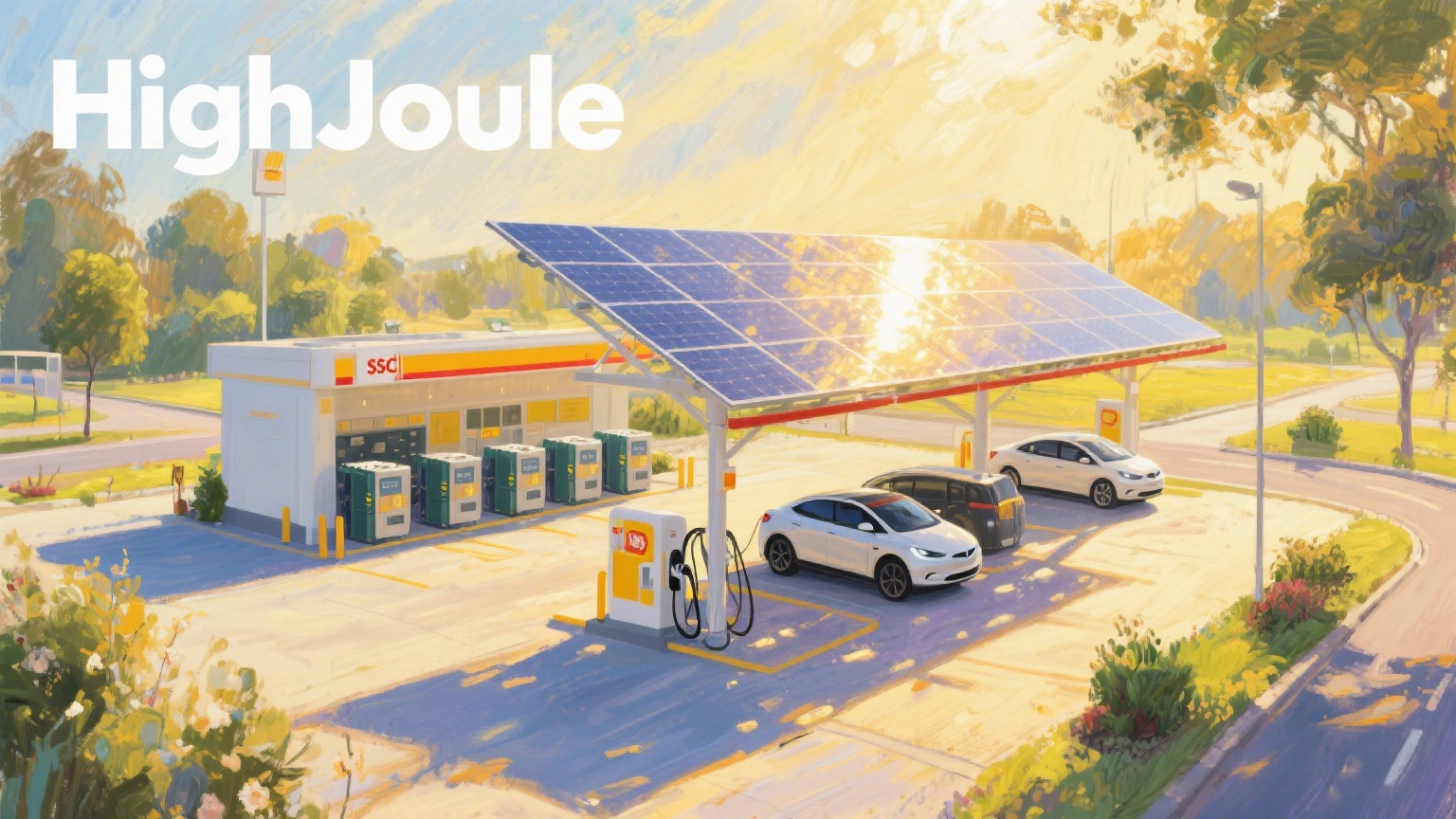
SSC systems fix this. In Manila’s Bonifacio Global City, a similar setup (not HighJoule) cut peak demand charges by 40%—enough to pay off the system in 3.5 years. Here’s why it works:
No more “peak panic”
In Ho Chi Minh City, where grid outages are common, SSC systems keep elevators and AC running during blackouts. A 100 kW system there kept a mall operational for 4 hours during a 2023 outage.
EV chargers as a revenue stream
Singapore wants 60,000 chargers by 2030, but they’re not just “green perks.” A CBD charger can earn ~SGD 1,200/month from tenants and visitors—enough to offset 30% of its installation cost.
ESG that shows up in reports
HighJoule’s 100 kW SSC system in Bangkok cuts 80 tonnes of CO2 yearly—that’s like taking 17 cars off the road. For companies chasing net-zero, that’s not just a “commitment”—it’s a line item in their sustainability report.
4. Real-World Proof: Shell’s Tampines Station (What It Teaches Us)
Shell’s SSC site (10 minutes from the CBD) has run for 18 months—long enough to see what actually works, not just what’s promised.
Solar works even when it’s cloudy
Singapore’s rainy season (November–January) cuts sunlight, but their 37 rooftop panels still hit 350 MWh/year (70% of their target). That’s because they’re tilted to catch diffused light—no wasted space.
Batteries earn their keep
The 389 kWh battery at Tampines saves Shell ~SGD 1,800/month in peak tariffs. It also acted as a backup during a grid blip last March, keeping chargers running for 2 hours—critical for customer loyalty.
EV drivers notice reliability
Usage is up 30% since launch, with 60% of users saying they choose Shell because “chargers never go down” (thanks to battery backup).
HighJoule’s edge? Shell’s NMC batteries will need replacement in 5–6 years. HighJoule’s LFP batteries are rated for 10+ years in Singapore’s climate—so over a decade, they’ll cost 40% less in replacements.
5. What’s Next? SSC Will Stop Being a “Pilot” and Start Being Standard
By 2026, don’t be surprised if new CBD buildings in Singapore include SSC as standard—like how elevators are non-negotiable. HighJoule is already tweaking their gear for even better fit:
- Thinner solar facades: Panels that look like glass (so they don’t ruin a building’s design) but still hit 21% efficiency. Perfect for iconic towers that can’t sacrifice aesthetics.
- Bigger, smarter batteries: 500 kWh units that can power emergency lights and EV chargers for 8 hours during outages—critical for safety in high-rises.
It’s not just Singapore. Thailand’s Siam Paragon mall is testing a scaled-down version. In the Middle East, Saudi Arabia’s NEOM is using SSC to avoid diesel backups in offices. This isn’t a trend—it’s how cities will keep up with energy demand without overloading grids or budgets.
Wrapping Up: SSC Solves “How” for CBDs
The Singapore CBD pilot isn’t about “why renewable energy”—it’s about “how to make it work here.” With tight spaces, high costs, and zero room for failure, it proves SSC isn’t just feasible—it’s profitable.
“In Singapore, land scarcity isn’t an excuse—it’s a catalyst.”
As Mr. Chee Yun Qing put it, the CBD’s SSC pilot turns that catalyst into results: lower bills, reliable charging, and a blueprint for every busy city in Southeast Asia.
For building managers tired of peak-hour sticker shock or EV charger headaches? This isn’t a “someday” solution. It’s here—and HighJoule’s gear is built to fit Singapore’s needs, not just global specs.
Find Your Solar + Battery Storage Specialist Now!
* Fill out this form and our experts will help you find the perfect solar storage solution for your home or business.


